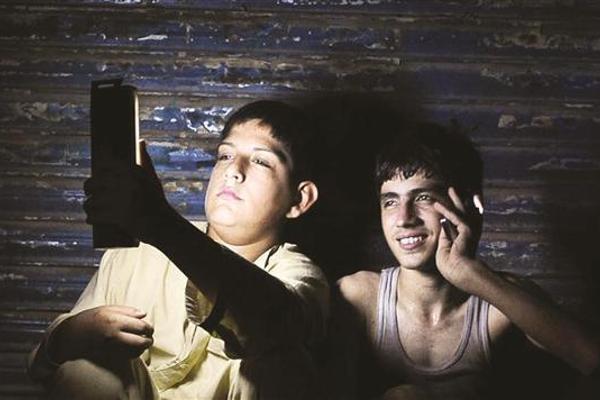No end in sight for Pakistan’s energy crisis
ISLAMABAD - Agence France-Presse


Local residents, lit by a battery powered lamp, sit outside their homes during a power cut in Lahore. An endemic energy crisis blamed on years of mismanagement in Pakistan cripples the economy and makes millions of lives a daily misery. AFP Photo
India may claim the world’s biggest blackout, but in neighboring Pakistan an endemic energy crisis blamed on years of mismanagement cripples the economy and makes millions of lives a daily misery.Six weeks after the new prime minister in Islamabad promised the shortage would be his top priority, blackouts have reached a peak - reportedly up to 16 hours a day in urban areas and as much as 22 hours a day in the countryside.
But with political posturing becoming more acute as the weak coalition stutters towards general elections, there is no quick end in sight.
Unprecedented power failures blacked out over half of India for two days last week, affecting more than 600 million people when three national grids collapsed.
But in Pakistan, shortages day in day out highlight chronic underinvestment in infrastructure, long-term planning sacrificed to short-term expediency, lack of leadership, cronyism and corruption.
Hot weather
For ordinary people it is almost unbearable, particularly during the holy month of Ramadan when Muslims forgo food and water from dawn to dusk, coinciding this year with temperatures over 50 degrees Celsius.
Peak demand for electricity in the summer is around 18,000 megawatts, with a third of that coming from air-conditioning, but power companies only manage to supply 13,000 to 14,000 MW.
Angry protests and riots erupt every few days and the central bank has warned the energy shortages have effectively put a ceiling on economic growth.
The government’s Planning Commission says power cuts shaved three to four percent off GDP in the financial year 2010-11, with industry bearing the brunt.
At the heart of the problem is so-called “circular debt”, which the commission says stood at $4.4 billion in 2011-12.
The dual effect of the government setting low electricity prices and customers failing to pay for it means state utilities lose money, and cannot pay private power generating companies, which in turn cannot pay the oil and gas suppliers, who cut off the supply. “It’s a crisis of management, a crisis which has been born out of indecisiveness, born out of procrastination, not taking the decisions required at the right time,” said Shahid Sattar, the Planning Commission’s member for energy.
He dates the problem to the rule of military strongman Pervez Musharraf, when a massive boom in demand was not matched by investment in new power stations.
Raja Pervez Ashraf, burdened by corruption allegations from his time as water and energy minister but sworn in as prime minister on June 22 after the Supreme Court sacked his predecessor, promised to fix it.
Worst power shortages
In mid-July, a 12 billion rupee ($127 million) bailout led to a noticeable let-up in the blackouts, but since then cuts have been as bad as ever.
Opposition leaders have sought to make hay, with Punjab Chief Minister Shahbaz Sharif of the Pakistan Muslim League-N (PML-N) backing protests and complaining vociferously that his province is suffering an unfair share of the power cuts.
He has been photographed working in a tent, without fans or air-conditioning, as a gesture of solidarity with the sweltering masses.
With polls expected by April and rivalry fierce between the PPP and the PML-N, led by Sharif’s brother Nawaz, there is little appetite for cooperation even on what analysts agree is a “genuine national crisis.”
